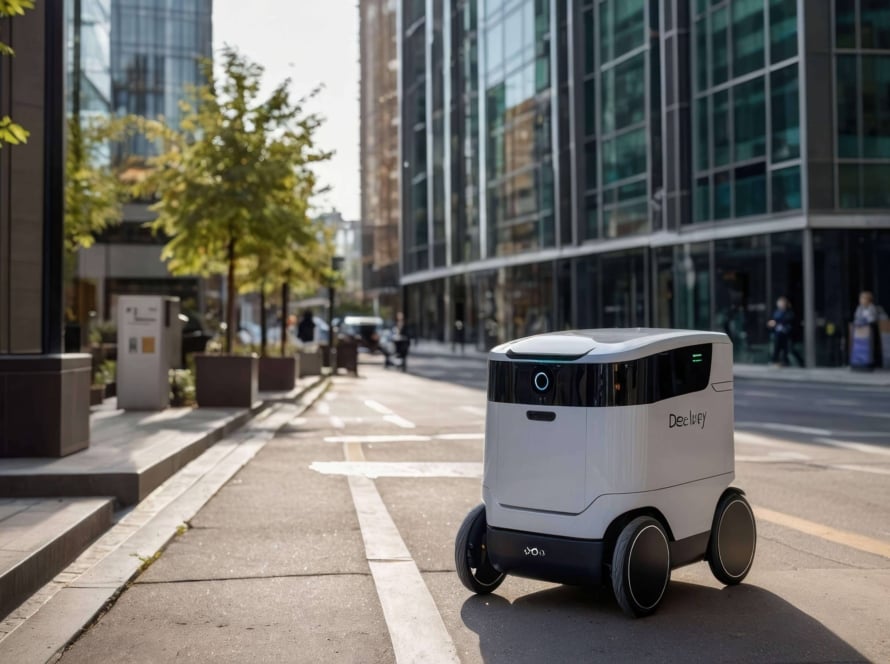In the ever-evolving landscape of technology, an emerging paradigm known as edge computing is reshaping the way we process and utilize data. As we stand on the cusp of a new era, the traditional centralized cloud computing model is being complemented and, in many cases, replaced by the distributed and efficient edge computing approach. This shift is set to revolutionize how we harness the potential of data, enabling a wide array of applications and services that were once unimaginable.
Understanding Edge Computing
Edge computing involves processing data closer to its source, such as sensors or IoT devices, rather than sending all the data to centralized cloud servers. This allows for real-time data processing and analysis at the edge of the network, reducing latency and enhancing efficiency. The edge can be a local server, a gateway device, or even the endpoint device itself. This decentralized approach to data processing is particularly beneficial for applications that require quick response times and low-latency, making it ideal for sectors such as healthcare, manufacturing, autonomous vehicles, and more.
Advantages of Edge Computing
1. Low Latency:
Edge computing significantly reduces the time it takes for data to travel from the source to the processing point. This is crucial for applications where immediate decisions need to be made, like in autonomous vehicles or industrial automation.
2. Bandwidth Optimization:
By processing data locally at the edge, only relevant and valuable data is sent to the central cloud. This optimizes bandwidth usage and reduces the load on the network infrastructure.
3. Enhanced Reliability:
Edge computing ensures that critical applications remain functional even in the event of a network outage. Local processing capabilities at the edge guarantee continuous operations without disruptions.
4. Data Privacy and Security:
Sensitivity towards data privacy and security is heightened with edge computing, as data remains closer to its source and within controlled environments. This mitigates potential risks associated with data transmission and storage.
Applications of Edge Computing
1. Internet of Things (IoT):
Edge computing is pivotal in IoT applications, allowing for real-time processing of data generated by connected devices. Smart homes, wearables, and industrial IoT are examples where edge computing plays a vital role.
2. Autonomous Vehicles:
Edge computing facilitates immediate decision-making within autonomous vehicles, ensuring safety and efficiency by processing data from sensors in real-time.
3. Healthcare:
In healthcare, edge computing aids in remote patient monitoring, personalized medicine, and quick analysis of medical imaging, improving overall patient care and outcomes.
4. Retail:
Retailers utilize edge computing for inventory management, customer analytics, and enhancing the in-store experience through personalized offers based on real-time data analysis.
Edge computing involves processing data closer to its source, such as sensors or IoT devices, rather than sending all the data to centralized cloud servers.
The Future of Edge Computing
The rise of edge computing is a testament to our constant quest for faster, more efficient, and reliable technology. As we move forward, it is expected to become an integral part of our technological infrastructure. With 5G networks becoming more prevalent, the potential of edge computing will be further unlocked, offering a new dimension of possibilities for various industries.
In conclusion, edge computing is poised to revolutionize the way we interact with technology, laying the foundation for a future where speed, efficiency, and real-time insights are paramount. As it continues to evolve and integrate with other emerging technologies, the next generation of technological advancements is undoubtedly going to be powered by the edge.



